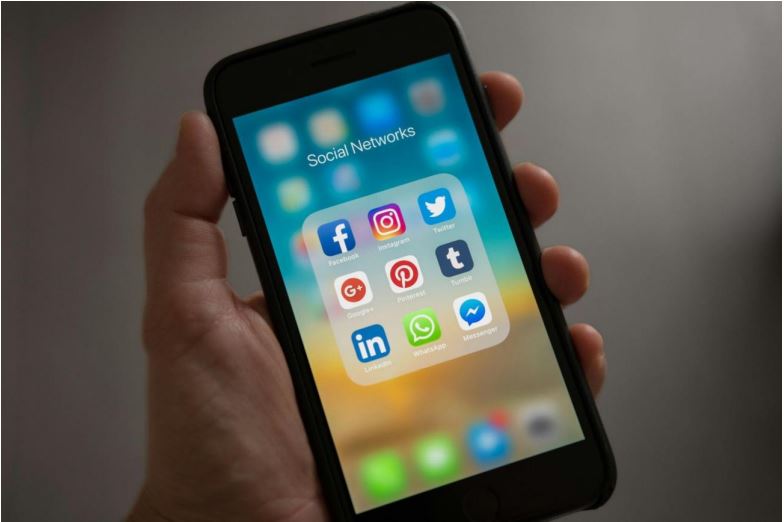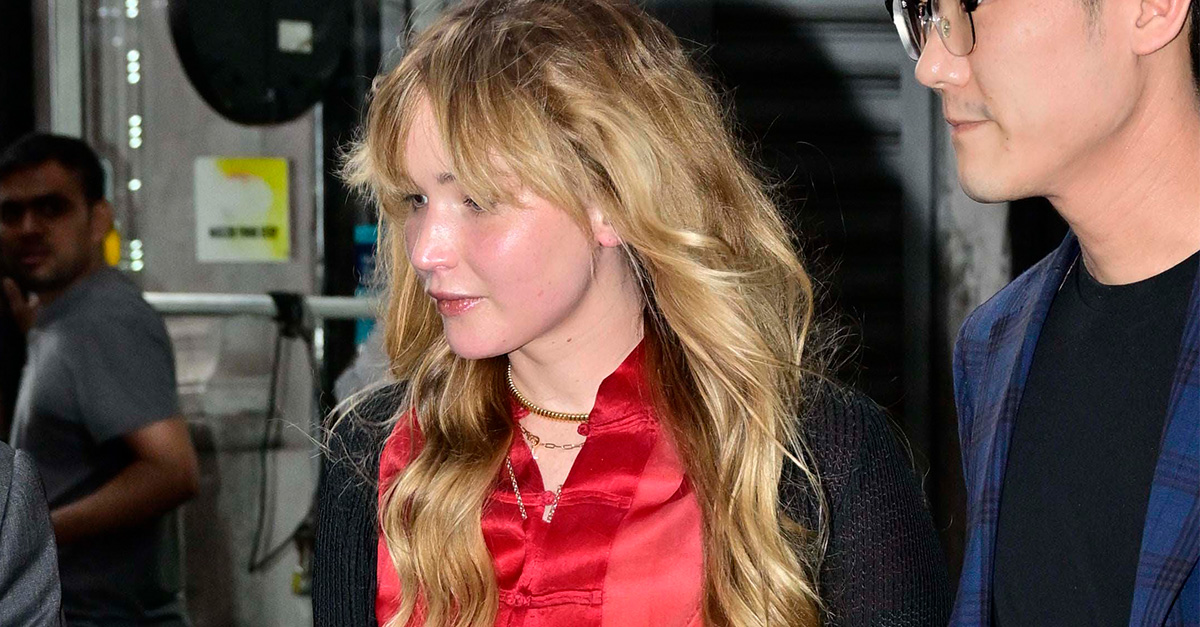The Role Of Social Media In Artist Discovery And Fan Engagement

Each social platform plays a different role in shaping an artist’s journey from unknown to unforgettable.
This channel has become the modern-day radio hitmaker. Its short video format allows users to sample songs quickly, pair them with trends, and remix content freely. Tracks like “Old Town Road” and “abcdefu” exploded thanks to organic TikTok momentum, often without initial label backing.
Instagram is where artists build their aesthetic identity. Reels offer music previews, while Stories show the human behind the art — from writing sessions to road-trip playlists. Many fans stay engaged not just for the music but for the lifestyle and values an artist represents.
On X, artists interact directly with fans, jump into cultural conversations, and react in real time to viral moments. When done right, this platform creates memorable artist personas and helps content travel fast through retweets and trending hashtags.
This platform remains the hub for deeper musical exploration. Full-length music videos, behind-the-scenes vlogs and acoustic sessions give fans layered insight into an artist’s world. Many still discover new music by falling into YouTube rabbit holes.
Fans no longer just consume music — they promote it. Social media lets them remix songs into memes, choreograph dances and turn one lyric into a full-blown movement.
Take Doja Cat’s “Say So” or Lil Nas X’s early TikToks — both relied on grassroots fan momentum. Fans stitched, duetted and lip-synced their way into global promotion. This user-generated content is not only organic but also more trusted than traditional ads. When fans feel like co-creators, they promote with passion.

For artists, success isn’t just about catching attention — it’s about keeping people interested.
Fans crave connection. Whether it’s a simple reply to a comment or an impromptu AMA, these moments create a sense of intimacy. Artists like Halsey and Billie Eilish are known for acknowledging fans by name, which makes interactions feel personal.
Interactive tools keep audiences involved between releases. Livestream jam sessions, polls asking which demo fans prefer or behind-the-scenes looks at music videos all foster community. The more engaged a fan feels, the more likely they are to stream, share and stick around.
While social media opens doors, it comes with pressures. Artists often feel the need to be “always on” because they have to post updates, join trends and maintain aesthetic perfection. This can lead to burnout or force them to chase virality over authenticity.
There’s also the unpredictability of algorithms. One month, your content reaches millions. The next, it barely moves. The inconsistency can be frustrating, especially for independent artists relying on visibility to grow.
Still, understanding the balance between performance and presence is key. It’s about building a brand without losing your identity in the process.
For those just starting out, a thoughtful online presence can be just as important as studio time. Here are a few ways new artists can grow their audience and stay true to their voice:
● Stay consistent but avoid spamming
● Adapt trends to your style rather than chasing clout
● Like comments, reply to DMs and show appreciation for fan art or covers
● Work with other small creators to expand reach
● Track what performs best — time of day, format, type of content — and iterate.
By blending creativity with intention, emerging artists can grow a loyal fan base and stand out in a crowded digital space. Genuine connection and honest storytelling often matter more than polish. With patience and persistence, social media can become a powerful tool to launch and sustain a successful music career.












